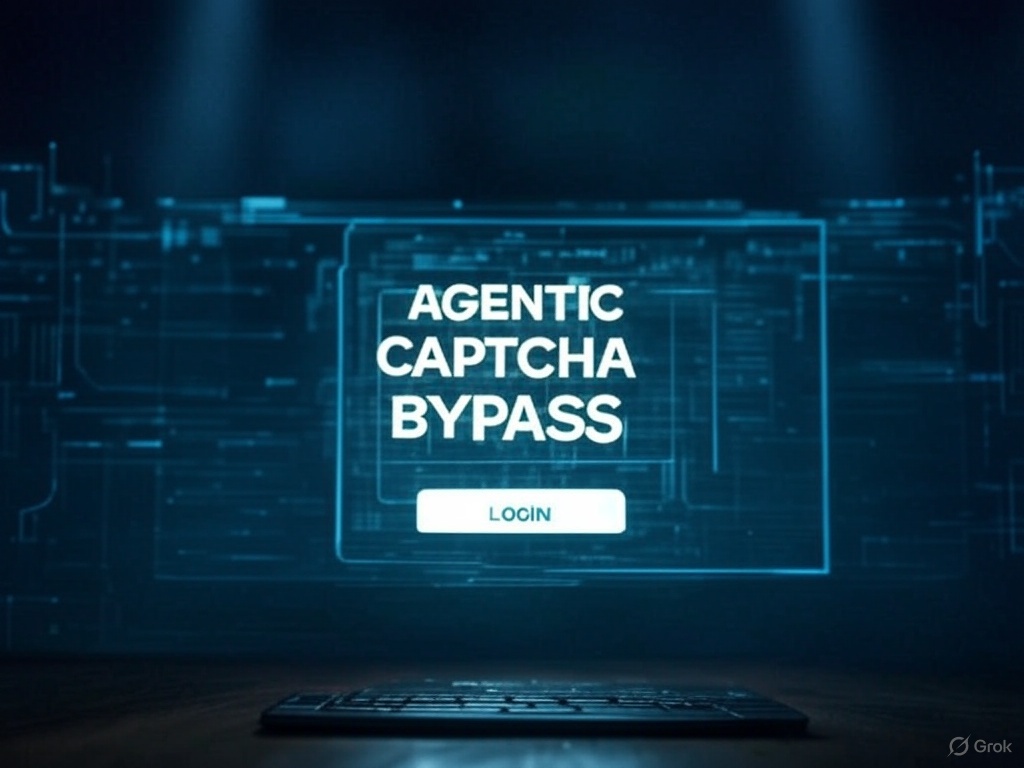Misclassifying images in multimodal AI systems can lead to unintended or even harmful actions, especially in autonomous or security-critical environments. When an LLM with vision capabilities misinterprets an image—either due to adversarial manipulation, bias, or inherent model weaknesses—it may trigger undesired behaviors. For example, in an agentic setup, if a model mistakenly classifies a stop sign as a speed limit sign, an autonomous vehicle could fail to stop, posing safety risks. Similarly, in security applications, misclassifying a benign image as a threat (or vice versa) could lead to false alarms, unauthorized access, or system exploitation. Attackers can further exploit this weakness using adversarial images—crafted inputs designed to fool AI vision models into making specific misclassifications—leading to controlled model manipulation. This vulnerability highlights the risks of over-relying on AI for high-stakes decision-making without robust verification mechanisms.










